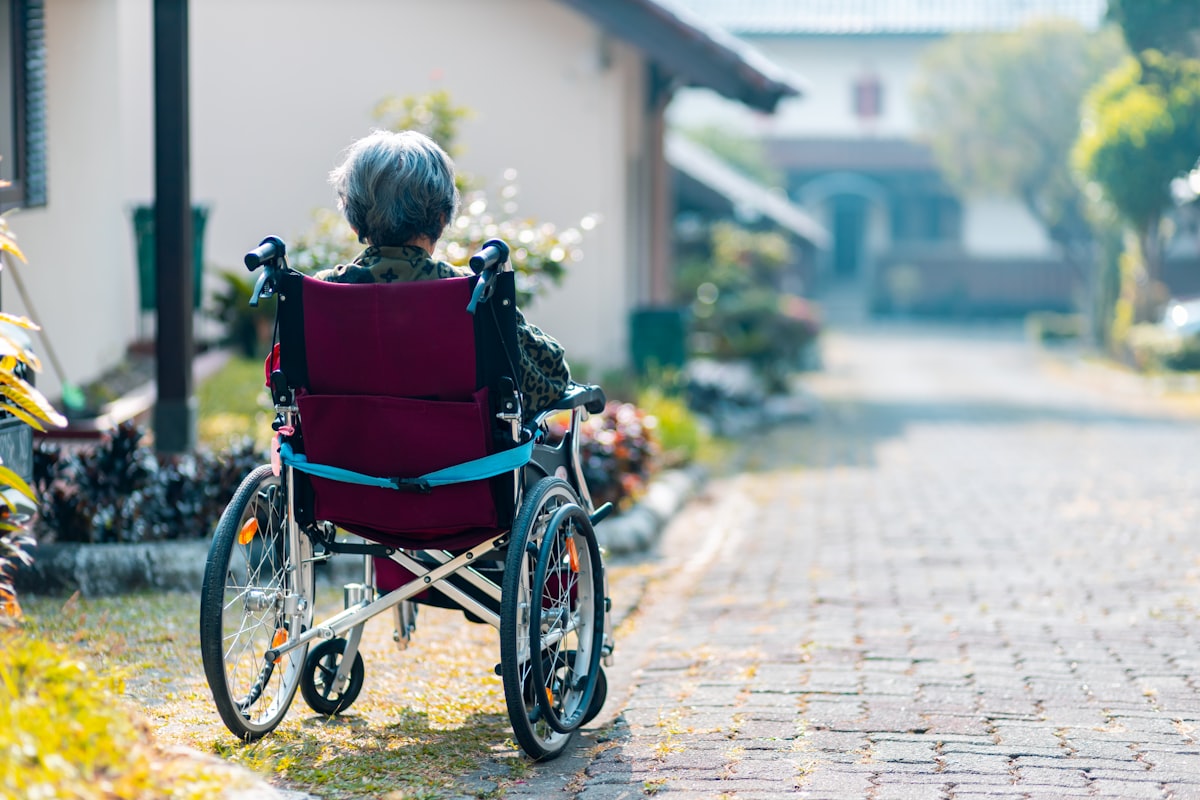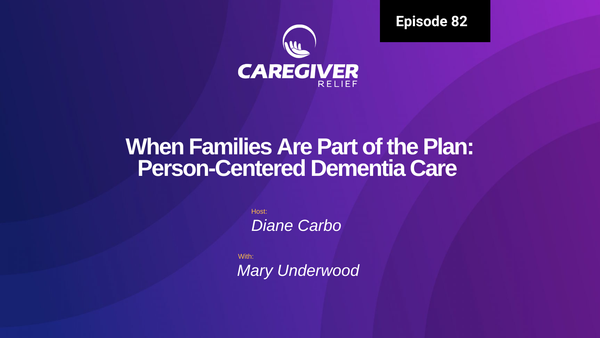What is Dementia with Lewy Bodies?
Lewy Body dementia is the third most common type of dementia and the most diagnosed because the early symptoms are the same as many mental health behaviors.

Lewy body dementia (LBD) is a type of dementia that affects the brain. It is caused by abnormal deposits of a protein called alpha-synuclein in the brain. This can lead to problems with thinking, movement, and autonomic functions such as blood pressure and heart rate. LBD is sometimes called dementia with Lewy bodies, Parkinson's disease dementia, or diffuse Lewy body disease.
LBD is one of the most common types of dementia, accounting for about 10-20% of all cases. It affects men and women equally. The disease usually starts after age 60, but can occur earlier.
There are two main types of LBD: dementia with Lewy bodies (DLB) and Parkinson's disease dementia (PDD). DLB is the more common type, accounting for about 80% of all cases. PDD is less common, accounting for about 20% of cases.
DLB is characterized by dementia symptoms that appear before or at the same time as Parkinson's disease symptoms. PDD is characterized by Parkinson's disease symptoms that appear first, followed by dementia symptoms.
LBD is a progressive disease, which means it gets worse over time. In the early stages of the disease, people may have mild memory problems and trouble with complex tasks. As the disease progresses, they may have difficulty with basic activities of daily living such as dressing and bathing. People with LBD often experience hallucinations and delusions. They may also have problems with movement, such as stiffness and slowness.
There is no one test that can diagnose LBD. The diagnosis is made based on a person's medical history, symptoms, and results of neurological and mental health examinations, brain scans, such as magnetic resonance imaging (MRI) or computed tomography (CT), may be done to rule out other causes of dementia.
There is no cure for LBD, but treatments are available to help manage the symptoms. These include medications, therapies, and support groups. The goal of treatment is to improve quality of life and help people with LBD live as independently as possible for as long as possible.
If you think you or a loved one may have LBD, it's important to see a doctor. Early diagnosis and treatment can make a big difference in managing the disease.
Our Resources section can help you find the information and tools that you need. We have courses, videos, checklists, guidebooks, cheat sheets, how-to guides and more.
You can get started by clicking on the link below. We know that taking care of a loved one is hard work, but with our help you can get the support that you need.
Click here to go to Resources Section now!





